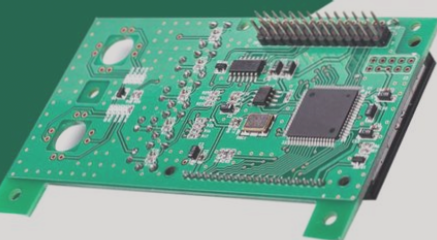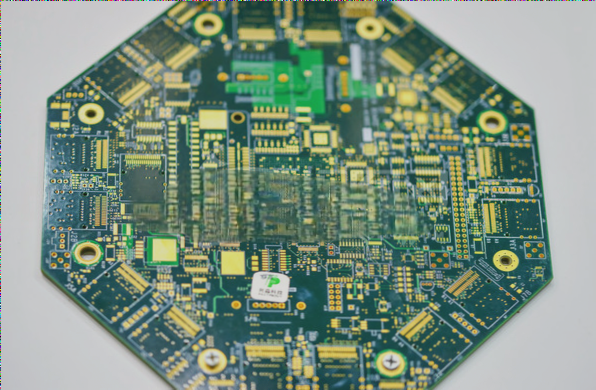The Benefits of Rigid-Flex Boards in PCB Design
- The essence of a rigid-flex board lies in using the Flexible Printed Circuit (FPC) as one or two circuit layers of the PCB and selectively milling away parts of the PCB’s rigidity, leaving only the flexible sections.
- Understanding Soft and Hard Boards in PCB Design.
- The combination of FPC and PCB has led to the creation of the rigid-flex board, offering the characteristics of both types of circuit boards.
Advantages and Disadvantages
- Advantages: Rigid-flex boards optimize internal space, reduce product volume, and enhance overall performance by combining the flexibility of FPC with the rigidity of PCB.
- Disadvantages: Complex production processes lead to higher costs and longer production cycles, impacting the price and yield rates of rigid-flex boards.

Reasons to Choose Rigid-Flex Boards
- Reliability: Rigid-flex boards address reliability issues associated with FPC installations, eliminating installation costs and enhancing product reliability.
- Cost Efficiency: While initial costs may be higher, rigid-flex boards reduce installation time, repair rates, and improve productivity in mass-produced items.
- Signal Quality Improvement: By eliminating connectors, rigid-flex boards enhance wiring continuity and signal integrity, meeting structural design needs effectively.
Design Considerations for Rigid-Flex Boards
- Bending Radius: Consider the flexibility of the board to prevent damage.
- Cost Optimization: Reduce total area to lower production costs.
- Three-Dimensional Structure: Account for the board’s structure after installation.
- Layer Optimization: Optimize the number of layers in flexible wiring designs.


